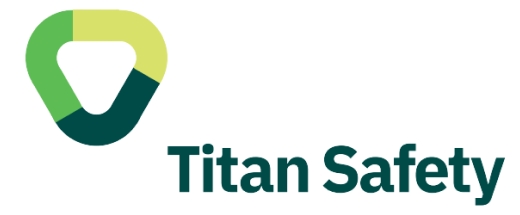
Where to place a safety shower in the workplace
Safety showers and eyewash equipment are used as first-aid equipment in the event of accidental exposure to dangerous chemicals or similar irritants. Safety showers provide a large deluge of flushing fluid which provides immediate and effective decontamination of the body. Similarly eyewash or eye/face wash stations provide a low velocity deluge of water to flush contaminants from the eyes and face.
Dangerous chemicals that are commonly found in the workplace such as chlorine, lutaraldehyde, formaldehyde, bleach and sodium hydroxide (caustic soda) can all cause serious injury or even death in serious cases. It is of upmost importance that safety showers are installed in a well lit, clear area near where chemicals are used in the workplace. In this guide we will discuss the different types of safety showers and eyewash equipment and how to best set up and use them effectively.
What are the different types of safety showers and eyewash?
There are many types of safety shower and eyewash systems available in the Australian market, these are defined into serval options as per Australian Standard AS4775-2007 "Emergency eyewash and shower equipment". These options include:
- Combination units: An interconnected unit comprising of a deluge shower with eyewash or eye/face wash supplied by a single source of flushing fluid.
- Deluge showers: A device specifically designed and intended to deliver flushing fluid in sufficient volume to decontaminate the entire body.
- Eye/face wash units: A device specifically designed and intended to deliver flushing fluid in sufficient volume to decontaminate the entire eyes and face simultaneously.
- Eyewash units: A device specifically designed and intended to deliver flushing fluid in sufficient volume to decontaminate and irrigate the eyes.
Where should a safety shower be located in the workplace?
It is important to identify any potential hazards that could cause injury to the skin or eyes when identifying a suitable sot to put a safety shower. AS4775 recommends that safety showers shall be positioned in accessible locations that require no more than 10 seconds to reach. The shower shall be located on the same level as the hazard and the path of travel shall be free of obstructions that may inhibit the immediate use of the equipment.
If using safety showers in extreme temperatures such as northern parts of Western Australia, Northern Territory or Queensland, equipment shall be protected from their effects with respect to the equipment’s operation and the flushing fluid temperature. Safety shower locations shall be identified with highly visible signs and shall be well illuminated with lighting.
What temperature should the safety shower flushing fluid be?
To provide sufficient first aid, continuous and timely irrigation of the eyes, face or body must be undertaken. To use the safety shower or eyewash systems per the recommended time in AS4775-2007 it is imperative that the optimal flushing fluid temperature is maintained. Medical recommendations suggest a tepid (16°C- 38°C) be maintained to effectively irrigate chemically effected skin. Temperatures above 38°c have shown to potentially chemical interaction of the eyes and skin.
This further supports the importance of installing safety showers in correct locations, out of the direct sun especially in warmer climates. Safety shower accessories such as thermal insulation or anti scald valves can assist in keeping flushing fluid at a tepid temperature.
Titan Safety's range of safety showers and eyewash equipment?
Titan Safety stock a wide range of safety showers and eyewash equipment in locations around Australia. This includes combination showers with eyewash, combination showers with eye/face wash, deluge showers, eyewash stations, eye/face wash stations and portable gravity fed units.
Our range of Spill Crew safety shower and eyewash units are made from premium marine grade 316 stainless steel to stand up to harsh Australian conditions. They are made and tested to meet the requirements of Australian Standard AS4775-2007 as defined in this article.
Click here to view our full range and place an order today
